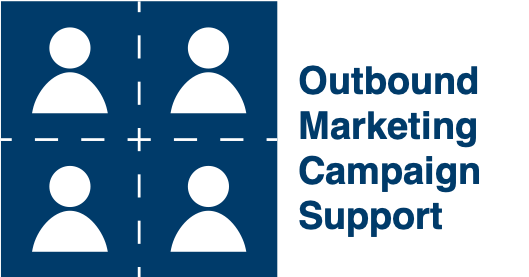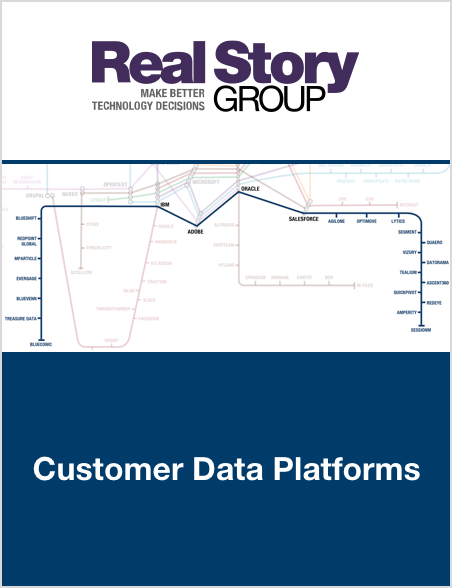CDP Scenario 1: Outbound Marketing Campaign Support
In RSG's recently released Customer Data Platform vendor evaluations, we identified nine business scenarios to describe the focus of CDP tools. (See this post for a summary.) Here's a deeper dive on the first business scenario.
Outbound Marketing Campaign Support
 Every company undertakes at least some types of digital marketing activities. So support for outbound marketing campaigns is really foundational and therefore, most CDPs enable this case in some form.
Every company undertakes at least some types of digital marketing activities. So support for outbound marketing campaigns is really foundational and therefore, most CDPs enable this case in some form.
However, the extent of that support varies. Some tools enable varying degrees of integration with outbound marketing and campaign platforms, while others provide some inbuilt campaign capabilities to activate that data themselves.
When evaluating platforms for this scenario, we look at three different areas:
Support for External Marketing Tools
Nominally every CDP offering supports integration here.
In its simplest form, you can create segments using your CDP and then feed those segments to marketing systems such as email service providers or marketing automation tools. (This process is sometimes called "activation.") Every tool in RSG's evaluation report supports this by integrating with front-end delivery services via APIs and connectors.
Where they differ though is the quality of these integrations and number of pre-built connectors to supported tools, as well as the native flexibility for aligning different data model frameworks.
Built-in Support for Campaigns
Some CDP vendors also provide built-in capabilities for executing marketing campaigns in lieu of relying on external tools. These platforms provide an interface for email creation, landing page management and A/B testing. This can get messy architecturally — since you're mixing data and engagement layers — yet could prove useful in cases where your activation requirements are really simple and you don't want to be bothered with another vendor and another integration.
Multi-step and Multi-channel Campaigns
One of the main ideas behind a CDP is that once you have customer data from multiple sources, you should be able to orchestrate a campaign across different outbound channels. E.g., you might want to use a segment and show them a personalized offer on website. Then depending on their response, you might want to send an email follow-up to a subset of that segment.
Therefore, advanced capabilities for this scenario includes capabilities to create and manage campaigns across multiple channels and multiple steps. Tools that support these advanced capabilities typically offer a visual interface to create such multi-step and multi-channel campaigns.
Get the Right Architecture
In the end, you will find multiple choices with respect to deploying a built-in capability vs. using a best of breed external product. There is no universal answer and you will probably need to mix and match.
We can of course help. If you are a subscriber, you can use our RealQuadrant Shortlist Generator to find out which vendors offer better fit for this scenario. Our evaluations also call out specific capabilities for this scenario for each vendor.









